There once was a time when talk of allergies maybe included a discussion about hay fever. We knew about sneezing and itchy eyes but that usually covered the extent of allergy knowledge. Or maybe we’ve heard someone say, “that food did not agree with my stomach.” It would be a comforting thought if those simpler days still existed, but we are currently mired in numerous health issues related to allergies and intolerances, most notably to food.
It can be confusing to understand the scope of the problem, especially when terminology is often incorrectly interchanged. A person might have an intolerance for one food and a full-blown allergy to another. They are not the same, and if not understood regarding symptoms, diagnosis, and treatment, then health can be further compromised.
As allergies and intolerances have absorbed some of the spotlight regarding health issues, one in particular has generated significant prominence. It is quite common to hear mention of gluten, gluten-free, gluten intolerance, gluten allergy, and celiac sprinkled throughout conversations about gut health and gastrointestinal issues.
If not bothered by consuming any foods containing gluten, consider yourself fortunate as issues surrounding gluten can lead to digestive discomfort, as well as significant and potentially serious medical issues.
Luckily, there are healthy baking recipes that use alternatives to processed flours. While many people may think baking with gluten-free flour means their food will taste different or have a different consistency, with the right kind of flour, you won't be able to tell the difference. You don't have to struggle with how to make healthy food taste good if you have gluten sensitivity.
What Is Gluten?
Gluten is a protein derived from wheat, barley, and rye and is found in most of the processed flour we consume. Think of gluten as the building block that gives items like bread and cake their structural integrity. Baked goods don’t collapse into piles of crumbs because gluten holds everything together.
What Is the Difference Between an Allergy and an Intolerance?
A true food allergy is a systemic reaction that triggers a significant immune response in our bodies. The symptoms of a food allergy can include itching, hives, swelling on the face and in the throat, and most worrisome: anaphylaxis, a severe allergic reaction that impedes breathing and can sometimes be fatal. The “big eight” foods that fall into this category include dairy, eggs, tree nuts, peanuts, soy, shellfish, wheat, and soy, as well as others to a lesser extent.
An intolerance, while often uncomfortable or painful, is a localized reaction in the digestive tract to an offending food and does not cause a full-blown systemic immune response. Intolerance symptoms can include bloating, gas, constipation, diarrhea, nausea, and stomach pain. While uncomfortable, an intolerance doesn’t involve the same life-threatening implications as does an allergy.
What Does Gluten-Intolerance Mean?
Gluten intolerance can produce the same symptoms as mentioned above but can also include weight loss, depression, fatigue, skin problems, and anemia. In basic terms, consuming foods that contain gluten that lead to these corresponding symptoms can suggest a reasonable conclusion of having gluten intolerance. Only an assessment of the foods you eat and the symptoms you have by your healthcare provider can offer a clearer picture of the causes of any digestive issues.
It is also important for your doctor to determine if your gluten-related issues relate to a more consequential gastrointestinal condition known as celiac because this disorder leads to digestive tract inflammation and damage to the small intestine.
How to Manage Gluten Intolerance
There is no magic pill or cure for gluten intolerance. The only route to take to alleviate or eliminate distressful symptoms is to remove any foods containing gluten from your diet.
Your first step is to identify those foods. Some obvious culprits are bread, cakes, and other baked goods that contain wheat flour. But there are also other foods (and beverages) that contain small amounts of gluten that may still have a negative effect on your digestive system. Pay close attention to beers, sauces, marinades, salad dressings, sausages, and meat substitutes. And remember, gluten not only comes from wheat but barley and rye as well.
Become an expert at reading labels. This is a serious piece of advice for anyone with an intolerance or allergy. Labels can be long and confusing with terminology difficult to recognize. There are two wise rules to follow: (1) when in doubt do not eat it, and (2) if you want to be sure, make your own.
A diagnosis regarding an inability to digest gluten without creating painful symptoms does not have to create suffering because of missing out on certain foods. There are a wide variety of gluten-free products including gluten-free flour to use in your favorite baked goods, available in grocery stores and in online marketplaces. Your diet can still contain a huge variety of delicious, healthy foods, so eliminating gluten need not be a culinary sacrifice. Think of it as a positive step forward to a healthy gastrointestinal system free from discomfort.
Take advantage of healthy baking recipes with gluten-free flour. No more wrestling with how to make healthy food taste good. Enjoy all the foods you love without compromising structure or flavor when baking with our gluten-free flour.




